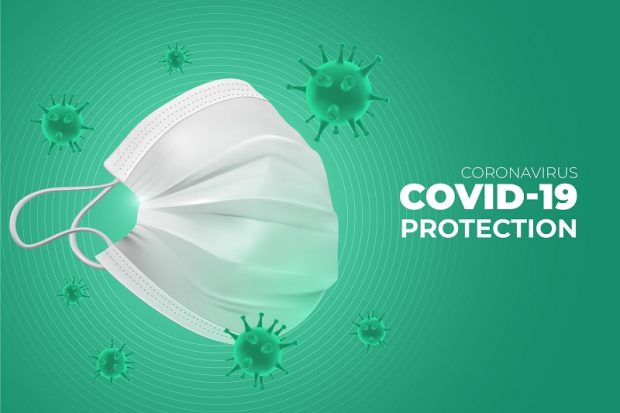COVID-19 has changed our life and we have to maintain social distancing and other COVID protocols. It is is spread through the air by coughing or sneezing produced by infected people coughing, sneezing, or talking. These droplets may fall into surrounding people’s hands or noses or be absorbed into the lungs. Single-use face masks act as a primary buffer to keep respiratory particles from circulating through the air. Wearing a face mask is mandatory now and you need to use some mask which can provide 100% protection. Using the same mask every day can affect your lung and you can suffer from breathing issue. You can choose single-use face mask to prevent such problems.

When Is It Appropriate to Wear a Mask?
Even if you’re entirely vaccinated, use a mask in crowded locations whether you have COVID indications, a test confirmed for COVID-19, or have just been introduced to someone who has the virus. However, if COVID-19 instances are prevalent in your region, consider wearing one in busy outdoor areas and for public gatherings involving frequent relations with persons who aren’t entirely vaccinated. You cannot prevent droplets spread by others while you talk with a person because they are nearly invisible. So, you need to wear a mask for your protection.
How to increase the effectiveness of Your Single-use Face Mask?
Becoming fully immunized and/or stimulated lessens your chances of contracting or transmitting the coronavirus, but it cannot completely eradicate it. A single use face mask stops your pulmonary secretions and nano-particles from contaminating individuals if you are sick only with covid-19 and are unaware of it. Water particles from your nasal passage might infect people if you are chronically sick including the coronavirus but are unable to keep away from everyone else in your household. In speaking, the most essential thing you could do to pick a single use face mask that thus fits well and use it regularly and effectively when it is suggested or necessary.
If you’re going to wear a mask, be sure to:
-
- Before applying or removing the mask, thoroughly wash your hands. It is worn regularly and in a suitable manner. A mask that is regularly dragged down to breathing or speaking, or worn beneath the nose, is ineffective.
- The single use face mask fits your face perfectly without any gaps – if it is not fits well then droplets can spread through openings on the edges, top, or bottom.
- To be an efficient filter, your fabric mask is comprised of multiple sheets of intricately knit fabric that fits well above your nose and eyes. Make sure, you must choose a mask that has locking system and you can press the bar available on the nose level to lock your mask.
- The mask incorporates a flexible nasal bridge that conforms to the forehead and keeps eyeglasses from fogging up.
- It remains in place when you talk and move, so you don’t have to worry about it sliding off and you don’t have to touch it all the time.
- Single use face masks can’t be washed or cleaned; thus, they should be discarded after they’re stained or torn.
Because the coronavirus spreads by sprays and nanoparticles thrown into the environment by conversing, humming, coughing, or nasal congestion, masks are extremely beneficial in preventing the disease from spreading in large indoor public venues, particularly those with a mix of immunized and unprotected people.
Conclusion
Single use face masks will remain a crucial strategy to reduce these risks in specific contexts as long as highly infectious coronavirus strains, such as Omicron, continue to extend the pandemic. Authorities will keep updating mask instructions as warranted; it depends on the progress of COVID-19. So be sure you know which masks provide the most safety and when it’s OK to use them.
Read More:
Why do you need to be mindful of your breathing when wearing a mask?

